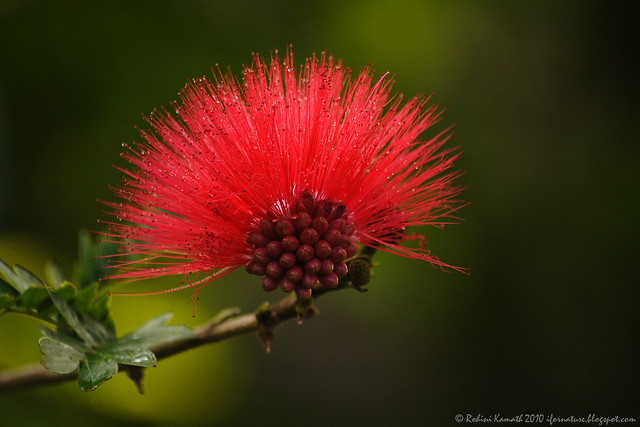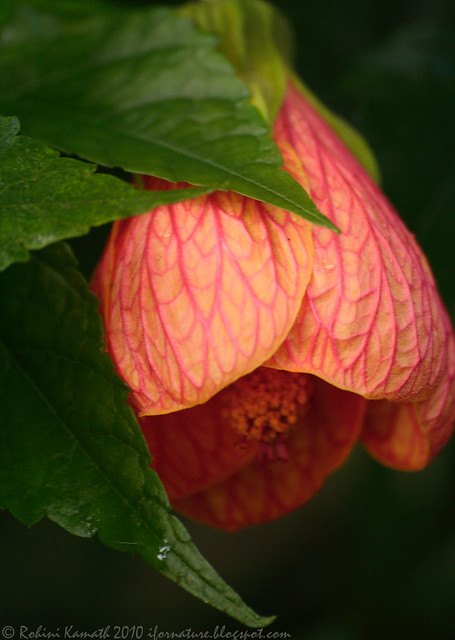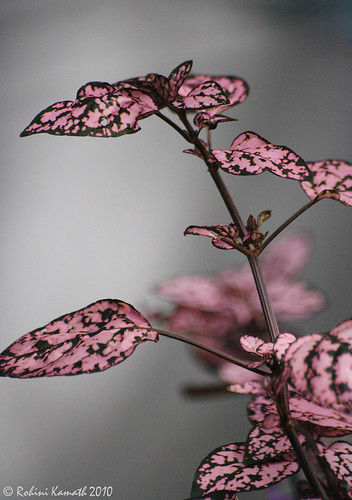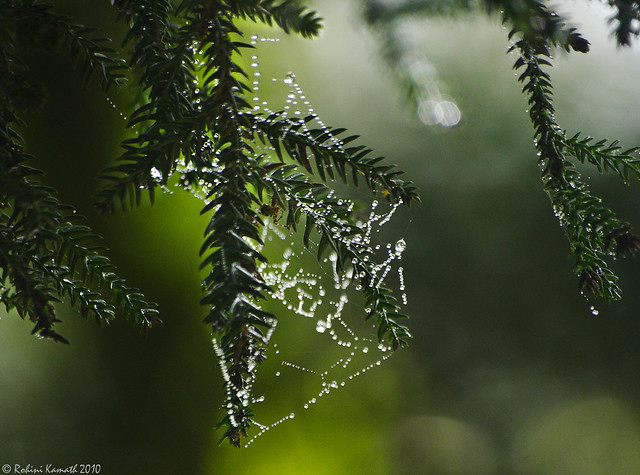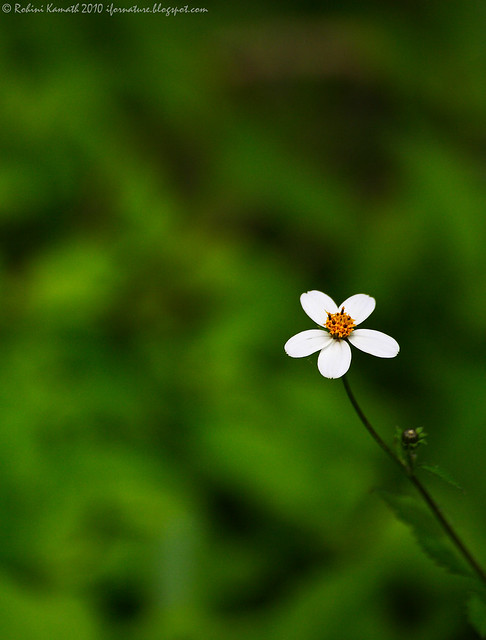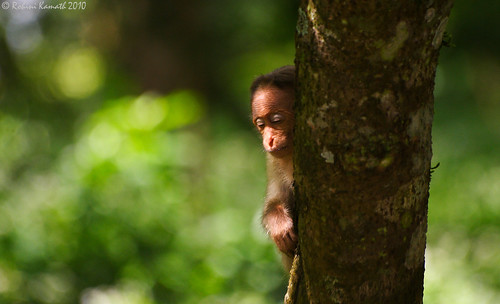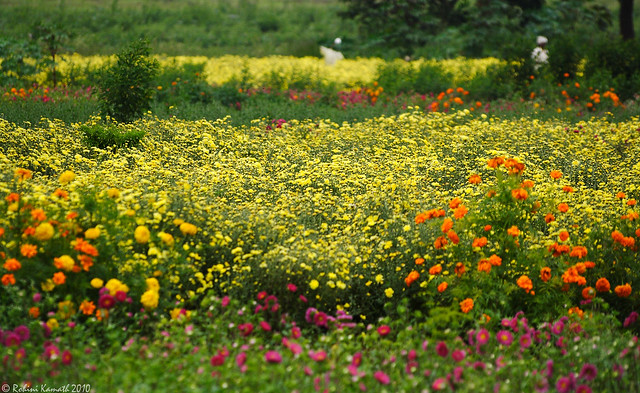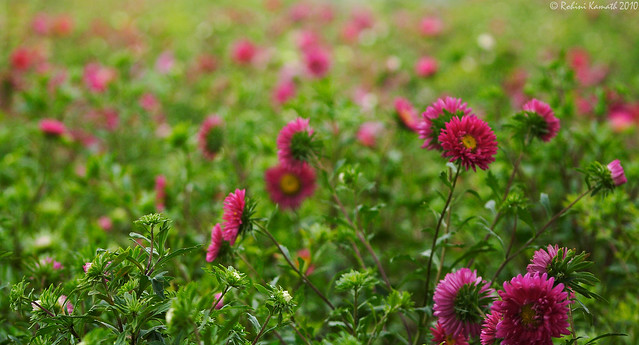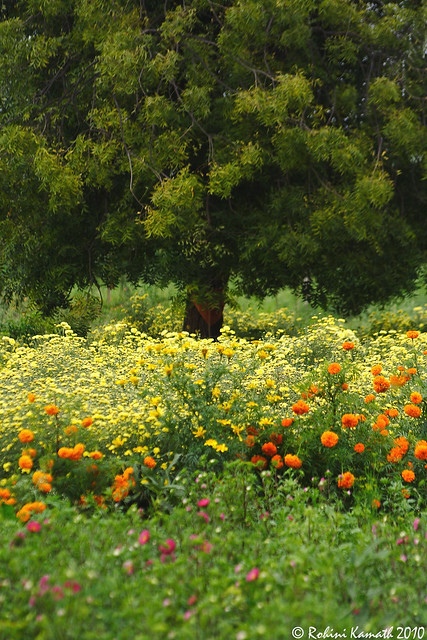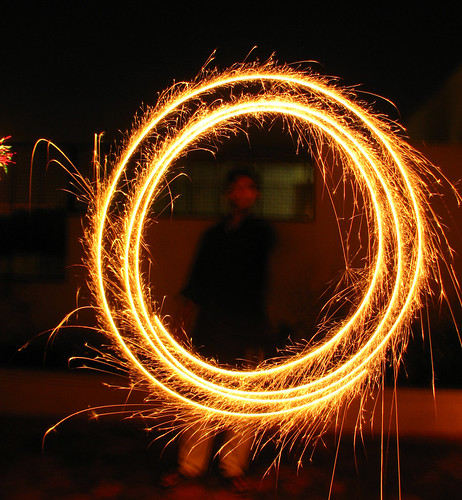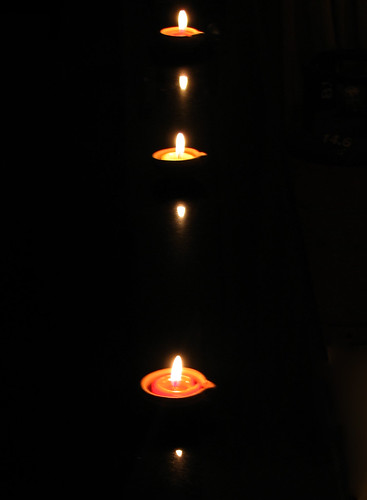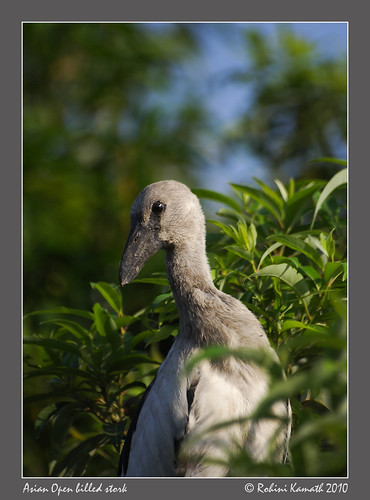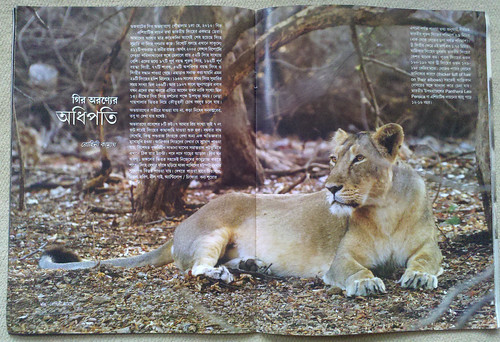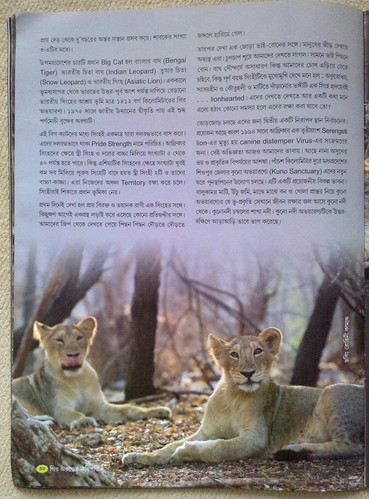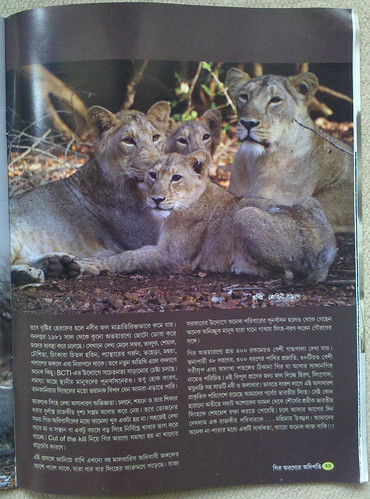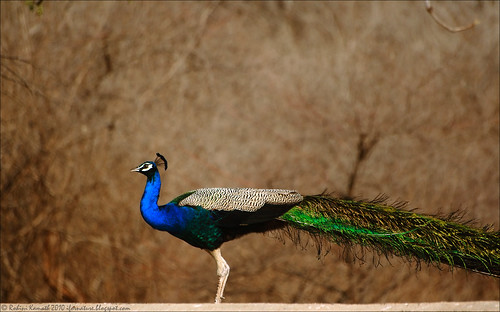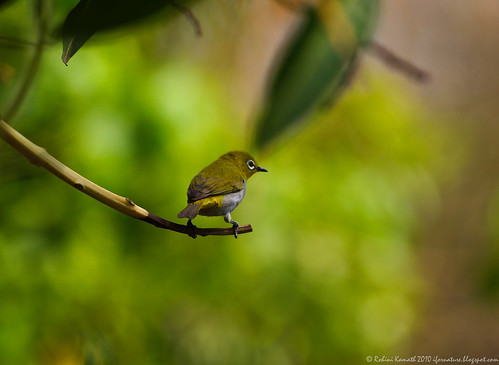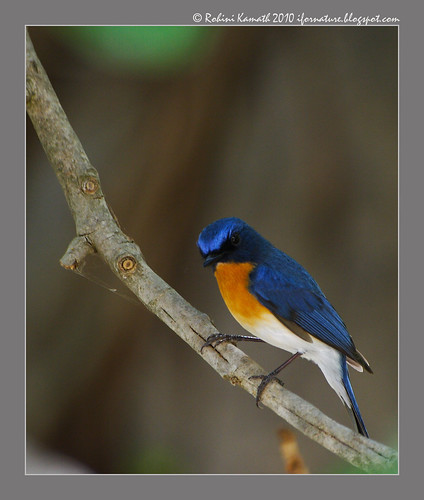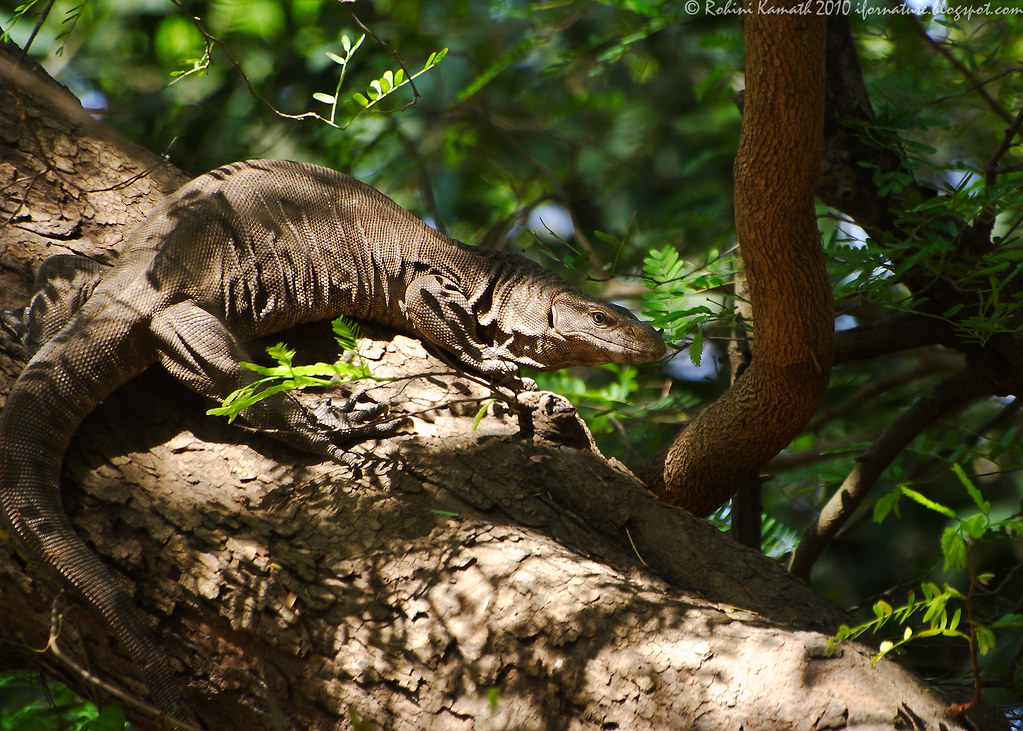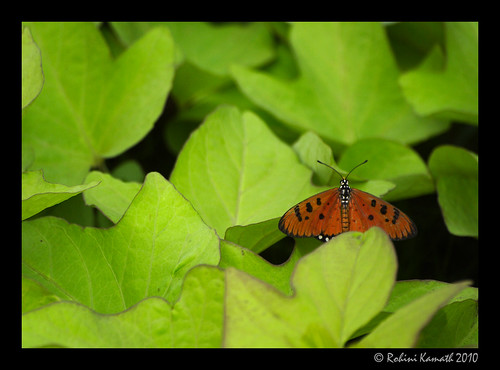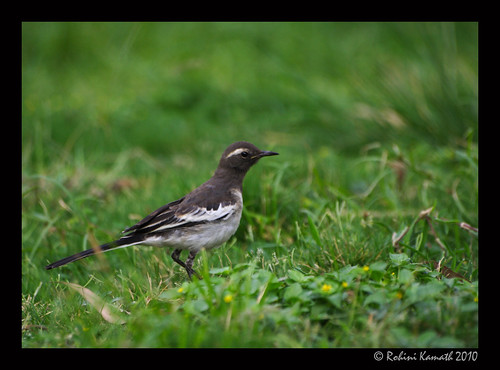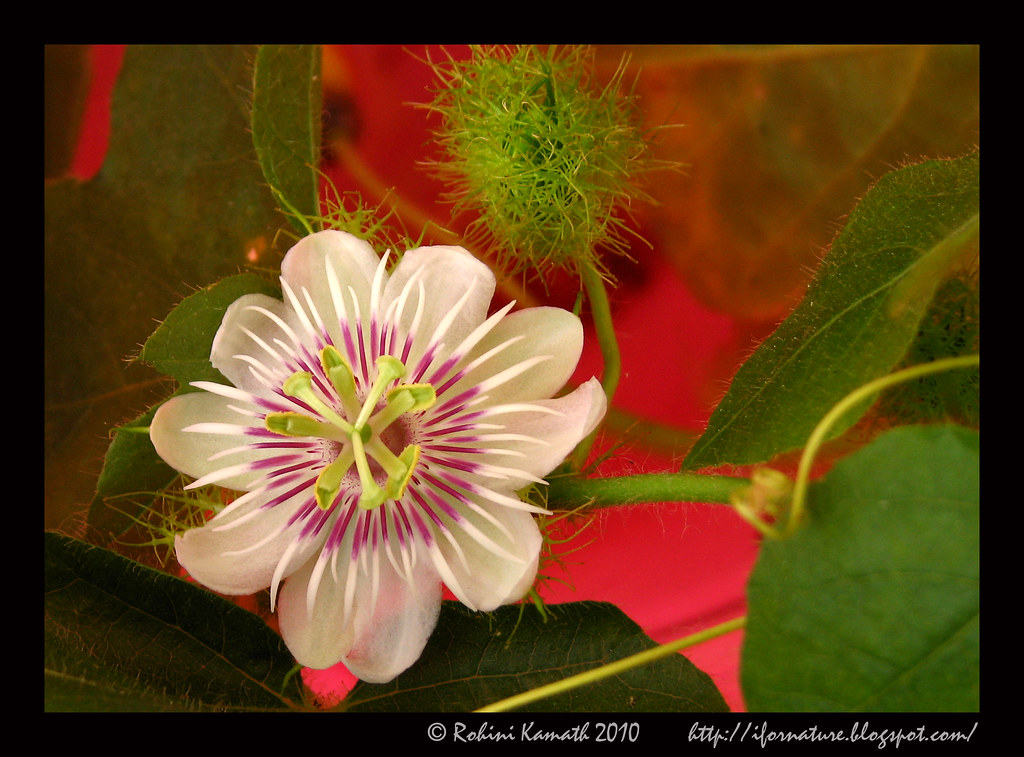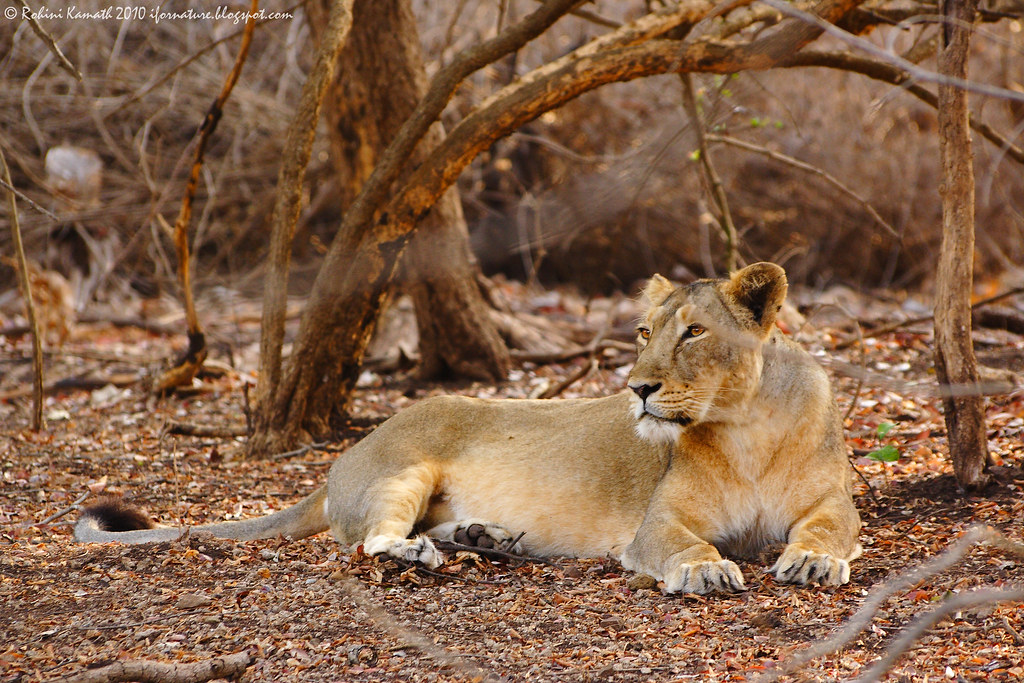
Gorgeous, isnt she?Gir had been on our plans
for a long time and we finally made a trip this summer. (1st May to 5th May 2010)
Given that Gir is the only home of the
Asiatic lion in the world, it is surprisingly poorly marketed probably because Gujarat depends little on tourism to bring in revenue. I was also surprised that there are so few detailed trip reports from Gir visitors. Hopefully, with this post and perhaps a couple more, I will be able to rectify that. :)
Why to VisitThe last lion census concluded just days before we visited, the park has 411 lions. This includes 77 cubs, 46 sub-adult lions (23 males and as many females), 29 unidentified lions, 162 adult females and 97 adult males. Gir also has a healthy leopard population numbering around 300.
If being the only place in the world where you can see Asiatic lions isn't enough for you, we found that Gir is also great for birding.
Yes, gujarati food is fabulous too and if you are vegetarian, you will find plenty at the buffet table.
When to VisitThe best time to visit is Summer. Mind you, it will be hot; but if you can bear it the rewards are great! The forest is as dry as a bone; nearly all the trees are bare, giving very good visibility into the park. Leaf-less trees are also excellent for birding.
I learnt from the locals that the most popular and also unproductive time ( holiday rush ) is Diwali and Christmas - so if you want to avoid the crowds, keep that in mind. Park is closed during the monsoon (Mid June to Mid October).
Plan a trip of atleast 6 safaris (3 days). We had planned 7 safaris but unseasonal rains confined us to 5. I feel at least 8 safaris should be done to get a real feel of things and to see the park at leisure.

Male cub in front, his sister behindHow to Reach GirFly to Ahmedabad or Rajkot ( there are fewer flights to Rajkot ). From Rajkot the drive to Sasan Gir is 1hr 15 min on very good roads. From Ahmedabad it is 5.5 hrs to Sasan, the road is excellent.
Sasan also has a railway station, the train route is through the forest, its a meter gauge and will be slow. The chances of spotting wildlife on the train route are quite good. We first saw one of our male lions while he was crossing the track.
We hired a AC Tavera with driver for the entire duration of the trip. Handy if you want to see other places around Gir.
Mr. Ajay (Cab Service) - 09824066862
Where to StaySome amount of planning ahead is needed as the accommodation options in Gir are not as plentiful as you may find in kanha/ranthambore/bandhavgarh. Booking ahead is advised, I would recommend making as many payments as possible online since the ATMs are quite far away (1 hour drive).
We stayed at
Gir Birding Lodge - a charming little property inside a mango orchard and shares a boundary with the national park. We really liked it. The birding in this lodge is just fabulous, food is great, service courteous. Just as important - rooms, esp. the bathrooms are particularly good ( We took AC deluxe cottages ) If you are visiting in Summer you will need the AC, trust me.
Mr.Pradeep (Manager of Gir Birding Lodge) : 09723971842
Another option which was recommended is
Wonderland Resort - choose this if you have companions who aren't as into the animals or birds as you are.

Posing for photos is so boring :) GuidesIf you are in Gir for some serious birding or are very particular about getting good photos you will need to get in touch with a Guide who understands your requirements. The much famed and highly recommended Lalit Bhai was our guide, and he did not disappoint.
In all my trips so far, we had relied on our resorts arranging the guides/drivers (
Kanha/
Bandhavgarh/
Bharatpur), or on the forest dept to provide them (
Ranthambore/
BR Hills); so this was different for us.
All about SafarisHiring the safari vehicle must be done in advance, either through your resort or by other means.
Each vehicle (the vehicle is an open top Gypsy) seats 6 thin passengers + 1 driver + 1 guide. If you have a tripod and gear, assume no more than 4 passengers. It is best to keep your gypsy to yourself and like-minded companions. Its more expensive obviously, but very worth it.
Once the permits are made ( they have to be made fresh each day ) the forest department allots a guide and a driver to each Jeep. Its a rotation basis allotment and you'll never get the same people again. ( This new system was introduced this year )

The department allows only 30 vehicle permits, so book ahead. You will need to carry one ID proof ( I used drivers license ) to get the permit made the first time.
Safaris are of 3 hours each, morning safari starts around 7am; evening safari 3:30 - 4pm. The timings are not written in stone and tend to vary.
The core park area is closed for tourists, so one only gets a glimpse into around 15% of the park area.
The park has lion trackers who station themselves near a lion sighting and keep a wary eye on the tourists and ensure that the lions are not harassed. The bonhomie between the trackers and guides is delightful to watch and a pleasant change from most of the parks Ive visited.
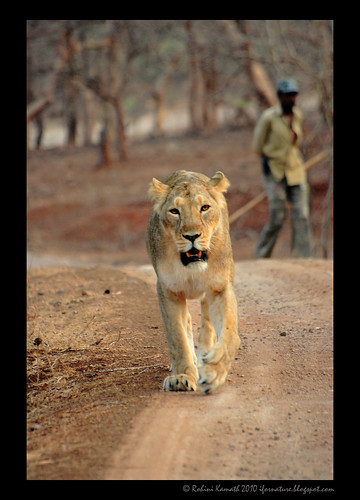
Adult Female walking towards our jeep, Tracker behind herThere are 8 Routes into the park, the routes tend to overlap in many places. People say 1,3,2, and 6 are the best routes. Personally, I also liked number 7. These are the only routes we got, so I cannot comment on the rest. Routes are also decided by the forest department.
Lalit Bhai took care of all of the above and was our single point of contact, making things so much easier. He also understands that you just aren't after lions and took us to a lot of bird hot spots. It helps to have a guide who knows your bird's favorite perch, nesting site and who is intimately familiar with its habits.
He was recommended to me by Misha Desai and to Keshav by Yogendra Bhai.
Lalit Bhai - 09879118283 ( Lalit bhai speaks Hindi very well and a little english )
How Asiatic lions differ from African lions1. Asiatic lions are smaller with sparser manes than their African cousins. This means that the Male Asiatic lion's ears will always be visible. The largest Asiatic lion on record measured 2.9 m from nose to tail-tip.
2. Male Asiatic lions weigh between 160-190 kgs, while females weigh between 109-165 kgs. On the other hand, male African lions weigh between 150-227 kgs but the females weigh about the same as their Asiatic cousins.
2. Asiatic lions, have a longitudinal skin fold running along the belly in both sexes, while the skin fold is rarely seen in their African counterparts.
3. Asiatic lions have thicker tuft of hairs on their elbows and tail to distinguish them from African lions. I can vouch for this, the tail tufts were extremely bushy in all the lions I saw, compared to what we are used to seeing on Discovery channel :)
4. The skull difference - Fifty percent of Asiatic lions have two small apertures or holes (bifurcated infra-orbital foramina) that allow nerves and blood vessels to reach the eye, while there is only one infraorbital foramen in African lions.

The Pride of Gujarat5. Average pride strength in Asiatic lion is usually two or three, while African lion pride starts from 5 to many. Asiatic male lions do not form social group with females and they associate with female lions only when mating or sharing food. In fact, male Asiatic lions group together to defend their territory against rival males.
The last point is particularly significant, having seen so many African lions in huge numbers on TV, the pride size which we saw in Gir was of 3 adult females and 4 cubs. We also saw 2 different pairs of Male lions, both were brothers who jointly defended their territories.
The ExperienceCompared to seeing tigers, this is a totally different experience. The animals are huge and very adorable, not to mention friendly. They exhibit excellent temperament and are happy to lounge around for extended periods of time and let you click photos. Compared to the female tigers Ive seen these lionesses were much larger.
The cubs provided endless entertainment, never sitting still and with plenty of funny facial expressions. The displays of affection between them were particularly lovely to watch.
The lions in the park are very used to the presence of humans and tend to be very comfortable in their company. Only one 3 year old Male whom we saw was edgy because he had just fought with his brother and was alone in another male's territory. He was the only one who did not give a seated audience, instead he dashed across the road, behind our jeep and vanished into the thickets.
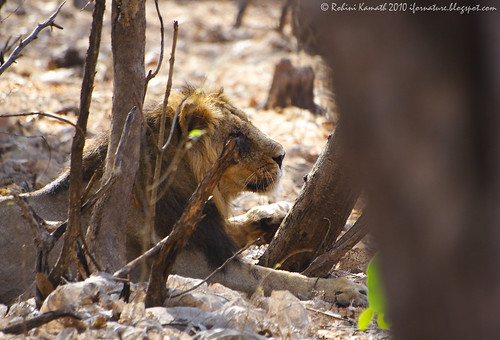
Tree Hugger - Adult Male refused to move from his beloved tree It must be mentioned though that it isn't as easy to sight lions as one might think. I guess since we are brought up on a steady diet of Discovery channel documentaries on African lions, we tend to expect the same from Gir. Do not expect them to sit in the open on golden grass with the nearest tree a kilometer away. Photos uncluttered by branches, twigs, leaves are not easy to come by.
The Gir forest is quite dense, unlike the african savanna. In the summer, the lions are well camouflaged and we nearly missed one female who sat right next to the road under a tree, as we drove past. Only my Mom's hawk like eyes spotted her and we reversed to where she sat.
Asiatic lion Facts Source:
Asiatic LionAsiactic Lion.org
